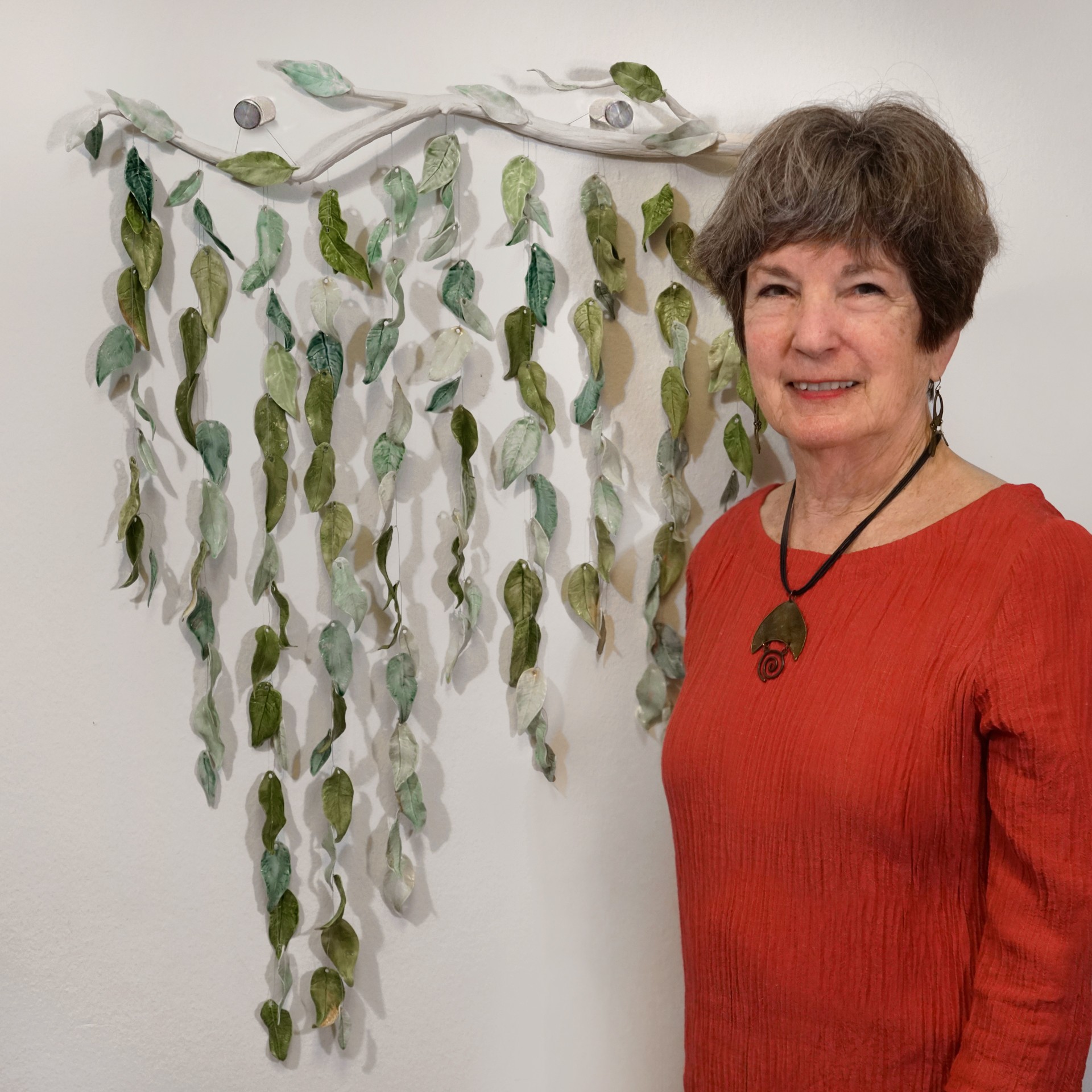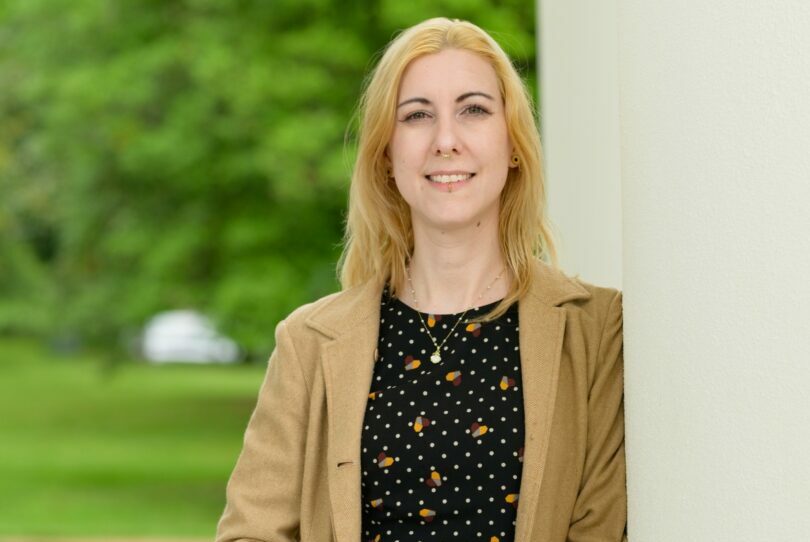We’re excited to introduce you to the always interesting and insightful Carol Berger. We hope you’ll enjoy our conversation with Carol below.
Hi Carol, appreciate you sitting with us today to share your wisdom with our readers. So, let’s start with resilience – where do you get your resilience from?
Resilience is a trait that develops and strengthens throughout our lives. My dad was a freelance aerial photographer so we had to adapt to new places and people each time we moved with his job. Dad died when I was 10, my mom suffered from depression, so my grandparents became a huge influence using work and positive attitude to help us through this stressful time. To this day, whether there are work or relationship issues, I find that the work of gardening, cleaning the studio or some other job helps me to refocus, have a more positive outlook and deal with my problem.
My “tribe”, family, close friends and faith, are another component that enables me to cope with difficulties. From physically helping with a project going south, to useful suggestions, a different point of view or emotional support, knowing I am not alone and others will help, gives me strength. I had cataract surgery a couple of years ago, when all of a sudden my vision became very blurry. It was a concerned that I might have to give up driving, and thusly art markets. Bless my husband who volunteered to chauffeur me if it came to that. Fortunately, the Doctor said it is scar tissue that can easily be removed!
There is always adversity in life. Things will not always go as planned. However we can use these events as learning experiences and remember that tomorrow is a new day to use what we have learned, and leave the past in the past!
Appreciate the insights and wisdom. Before we dig deeper and ask you about the skills that matter and more, maybe you can tell our readers about yourself?
Retirement from a career as a schoolteacher has given me the gift of a second career in the art of ceramics. Art is a love that was studied at the Pennsylvania Academy of Fine Arts, my major in college, and explored in Europe,… but put on hold for 38 years to raise a family and work. When I left the public schools I took a clay class at Lone Star College and was hooked! Ceramics has taken over our game room which is now converted to my studio.
I am Carol Berger, owner of Arts By Carol, and have been creating unique ceramic art for more than 13 years. Ceramics is a challenging art form that can be therapeutic, rewarding, and frustrating all at the same time. To execute your ideas often requires a lot of testing and practice and even so the result may not be as imagined. Then comes the decision to accept and appreciate the journey of the process or make it again with the knowledge gained from the first piece. I recently gave myself the task of learning to make ceramic rainsticks. Variables include types of clay used, firing temperatures and amounts of beads and pegs in each rainstick,
I enjoy creating both functional and decorative pieces. Inspiration comes from the designs, colors, and textures in nature. As an environmentalist and avid recycler, it is my hope that art reflecting nature will encourage other people to care for it too. People often ask what is my most favorite thing to make and usually I have to say my most recent work. Currently that would be a series called “Fallen Leaves”. The porcelain leaves tinkle when moved and the piece makes interesting shadows on the wall. The work acknowledges what may be lost if we fail to protect our natural world.
Interested clients can view my artwork on my website, at Archway Gallery in Houston, and at the Gallery at the Madeley in Conroe, I also display my pieces at local art shows, and will be at the Heights Artisan Market the first weekend in December.
https://artsbycarol.com/home/,
https://www.archwaygallery.com/store/c28/Carol_Berger.html ,
https://www.conroeartleague.com/
Looking back, what do you think were the three qualities, skills, or areas of knowledge that were most impactful in your journey? What advice do you have for folks who are early in their journey in terms of how they can best develop or improve on these?
There are definitely important areas to be successful that are not taught in school. For me, one of the first was how to set up a home studio. This would include acquiring expensive equipment (mine is second hand). How to organize the space efficiently….every couple of years I am moving things around for both ease of use and storage. A biggie is a safe environment… use and disposal of chemicals, a good air filter and remembering to take off my shoes and apron before entering the main part of the house!
Take a business class. There is more to selling art than a sales tax ID and a receipt book. Start cataloguing work because you think you will remember and the receipt book will be enough, but it isn’t. With ceramics, I make a sketch or take a picture and note the clay, glazes, process, size and price. Keep a client list and note what was purchased. This way you can reach out to let customers be the first to know when you are having a sale or adding new product to your shop. This list goes on and on to include marketing, insurance, taxes, shipping and so much more.
Finally, when opportunities come, take them. If you don’t, you’ll stay stuck where you are. If you try, at worst you’ll learn something, at best you will advance your work. I always do ceramics for me, but when I was asked if I would sell, I did and it was very validating to have people want what I made. When people asked to learn how I work, I found I love teaching ceramics as much as I did school children. When I joined a gallery the benefit of working with other artists is encouraging my growth toward my best creative self.
Thanks so much for sharing all these insights with us today. Before we go, is there a book that’s played in important role in your development?
A book entitled ART INC. by Lisa Congdon is a powerful tool to guide artists who would like to “turn their passion into a profitable business”. The well defined chapters provide an easy to scan menu to find whatever the artist may need to know. The examples from practicing artists are very easy to read and relatable .
A really important chapter for me involves Promoting Your Work. It includes social media, websites and marketing plan. I find I need to set aside time for the business first thing in the day and then reward myself with the clay or I never do it!
In the section relating to galleries, the author explains what a CV (Curriculum Vitae) is and how to set one up. It is important to know it differs from a resume! It is also one of those items that is important to start at the beginning of a career.
This book is easy to use by itself however I was introduced to it by a friend and we approached it as a book club with several other artists. It was really interesting to share ideas and resources in this way.
Contact Info:
- Website: https://artsbycarol.com/
- Instagram: https://www.instagram.com/artsbycarol/?hl=en
- Facebook: https://www.facebook.com/ArtByCarol
- Other: https://www.archwaygallery.com/store/c28/Carol_Berger.html
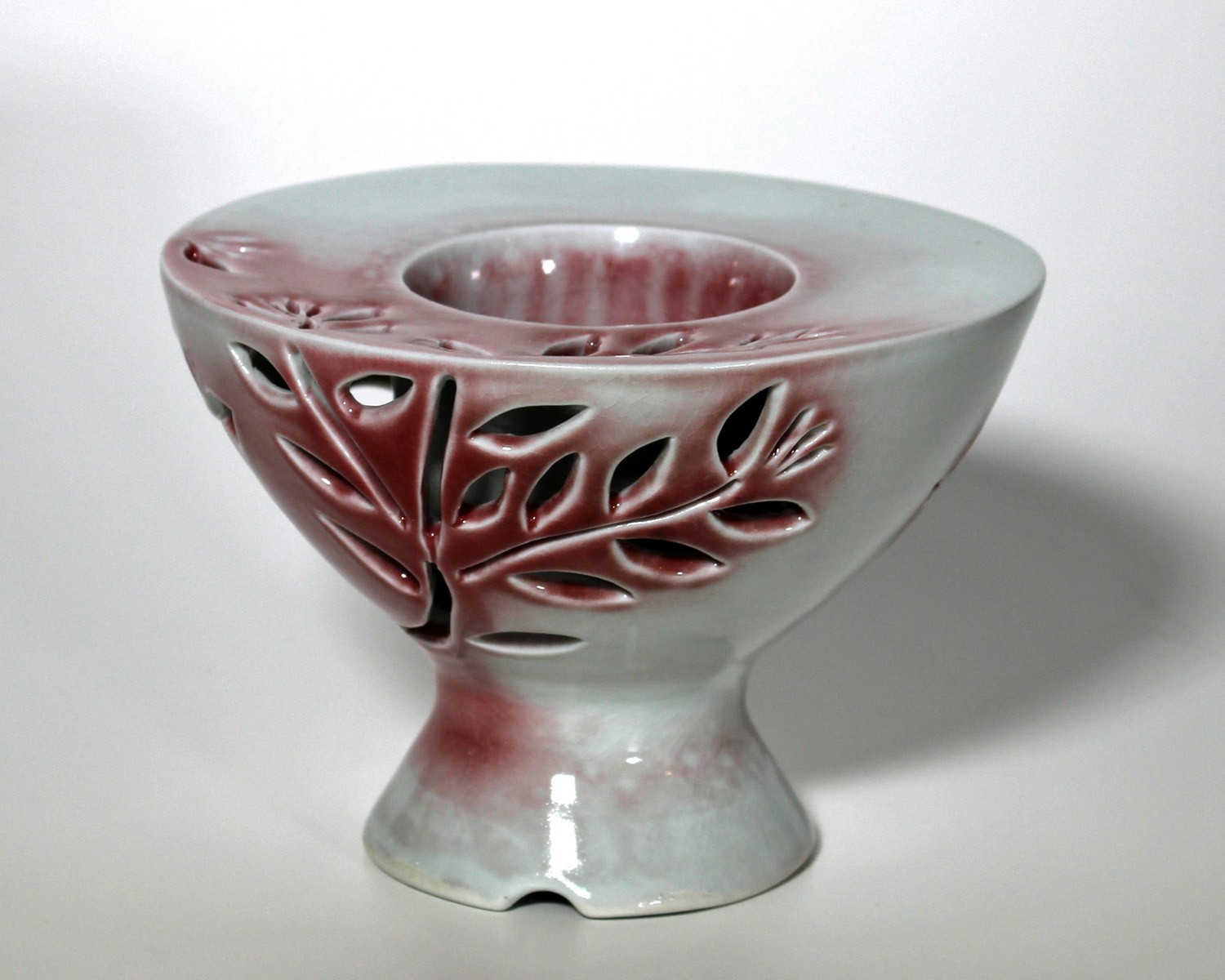
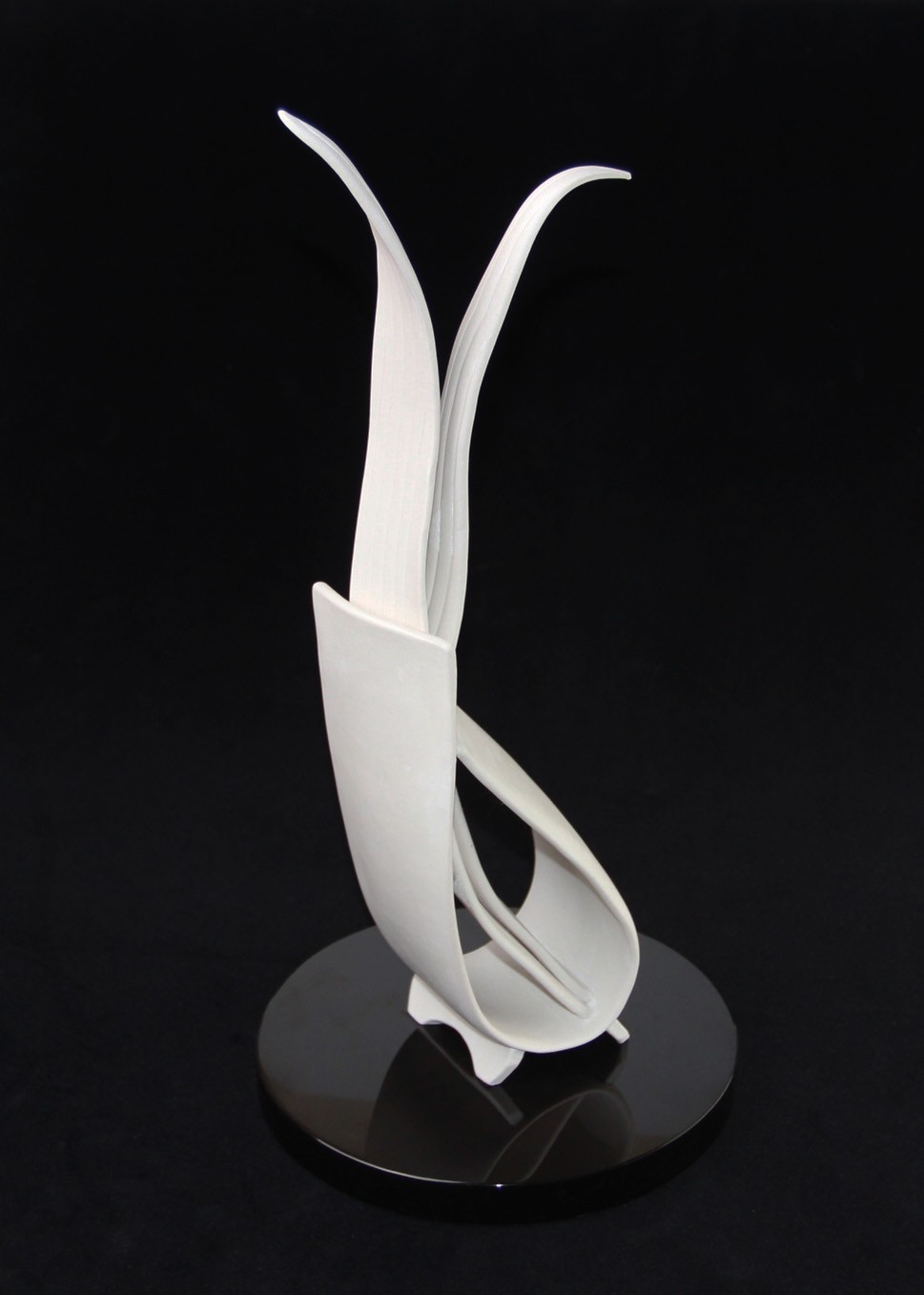
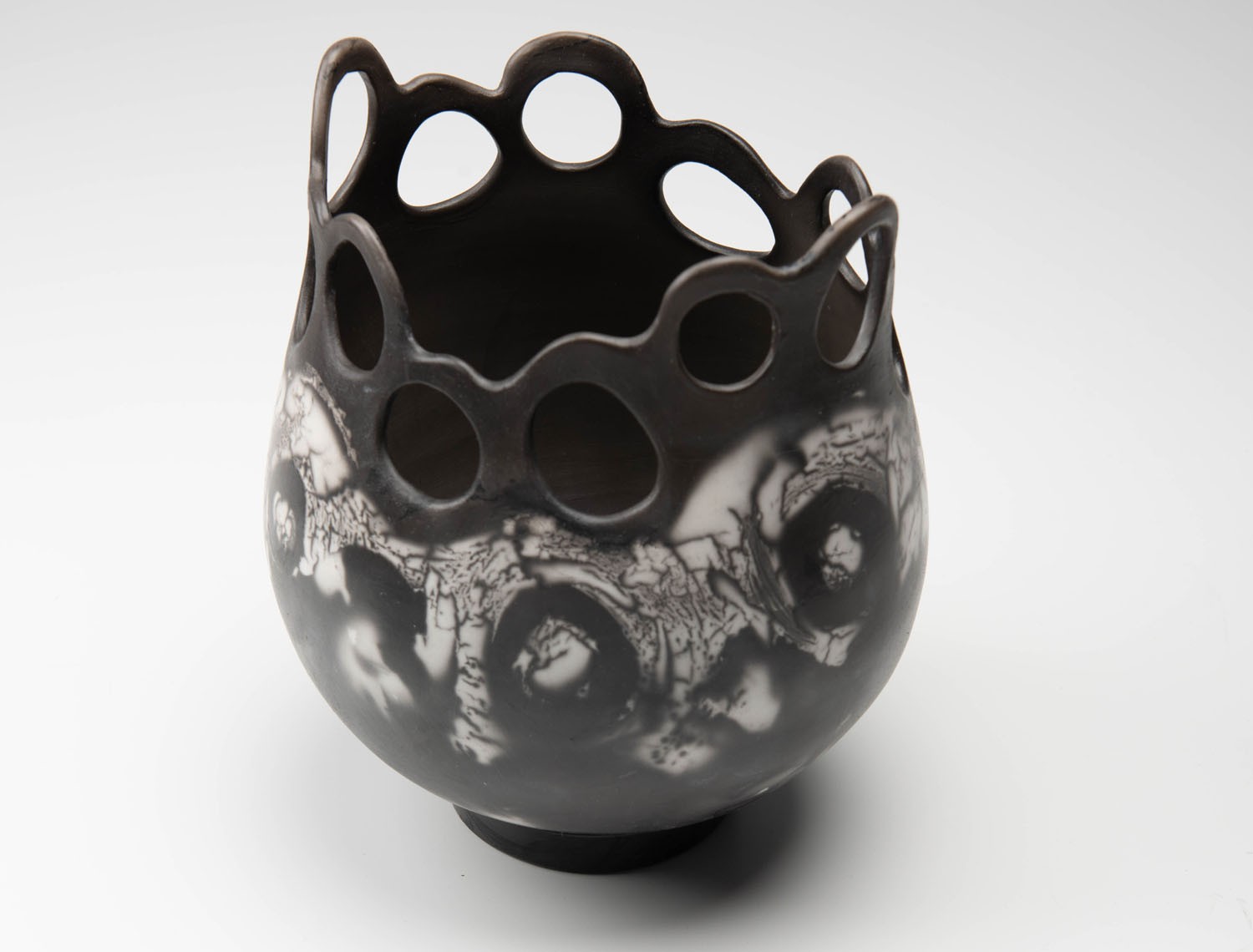
Image Credits
Rick Wells Al Heilman John Slaby

